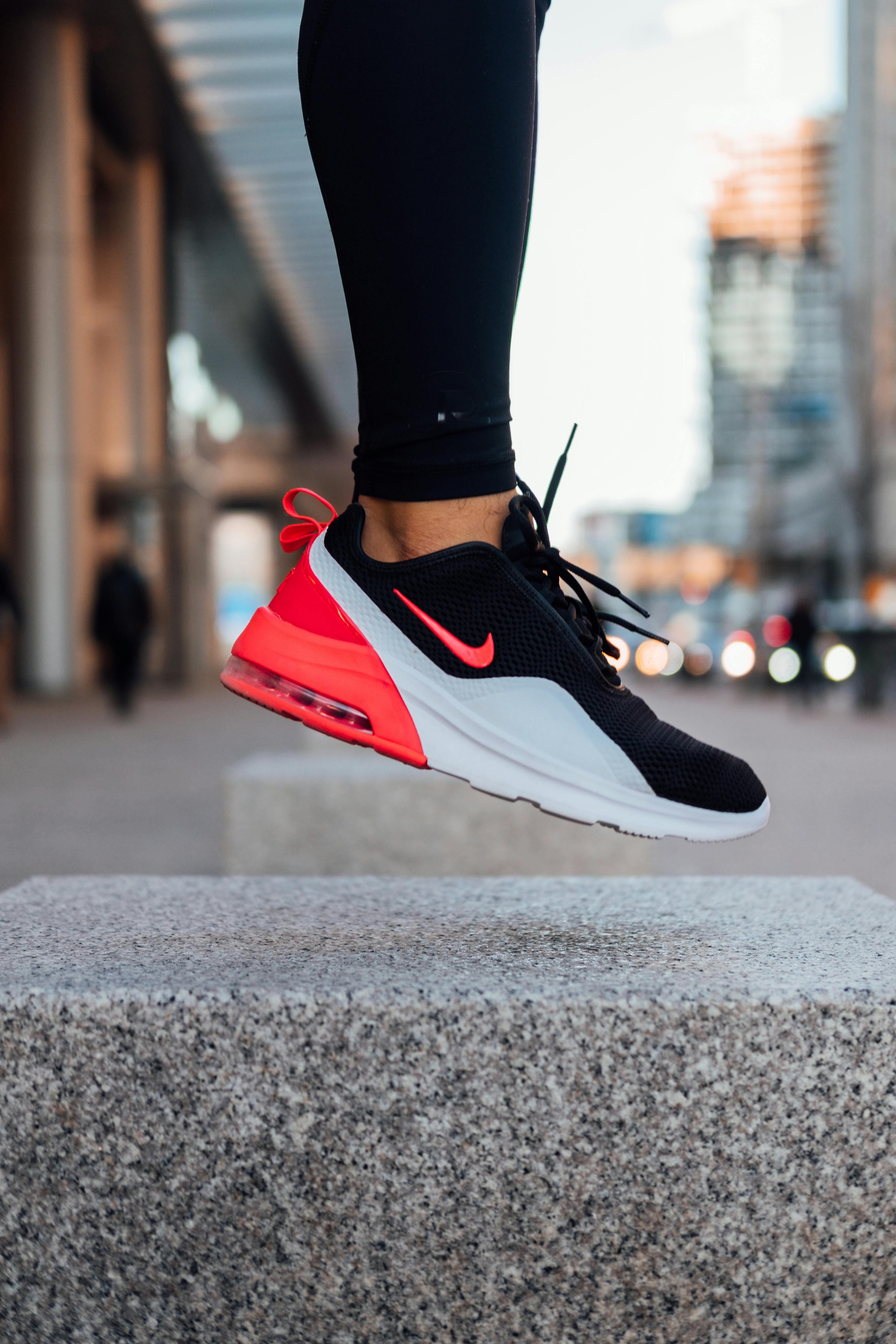Layering techniques from Europe that change with the season | Layering styles that enhance the dignity of the adult generation
Share
In Europe, the basic style of fashion is layering, which allows you to adapt to the changing seasons while still looking classy. This layering technique not only brings out the charm of the adult generation, but is also attracting attention as a way of making the most of the features of imported apparel.
What is the appeal of European layering?
In Europe, where there are large temperature differences, it is common to take off and put on clothes multiple times throughout the day. For this reason, the balance of layers and the selection of materials are very important, and techniques have been developed that combine functionality with beautiful appearance.

Spring | Balance of lightness and warmth
Spring in Europe is a time when the mornings and evenings are chilly, while the daytime temperatures can reach nearly 20 degrees. In this season, a classic look is to wear a trench coat over a light knit or cardigan. Wearing a shirt underneath will keep you comfortable indoors.
POINT
By combining lightness and warmth, it maintains adult dignity while adapting to seasonal changes.
Summer | Use transparency and ventilation to your advantage
Although the humidity is not as high as in Japan, the sun is strong in the European summer. Layered styles that protect the skin and keep you cool, such as a linen shirt as the base and a thin sheer jacket, are popular.

Autumn | Add depth with texture
In Europe, the temperature drops sharply from September onwards, so for fall layering, use materials such as wool blends and corduroy. By changing your innerwear from a shirt to a thin high-necked top, you can create a gradation in the volume of your layered clothing and avoid looking unfashionable.
POINT
Combining different materials creates a sophisticated and sophisticated look.
Winter | The more layers you add, the lighter and more beautiful it becomes
In winter, protection from the cold tends to be the top priority, but in Europe, the rule is to "wear thick clothes and not look heavy." The standard style is to wear thermals or turtlenecks underneath, a wool jacket as a middle layer, and a long coat on top. By using one tone of color, it creates a simple yet sophisticated look.
How can this be adopted in Japan?
When adjusting your layers to suit the Japanese climate, pay attention to breathability and ease of putting on and taking off. Also, since imported brand items tend to be slightly larger in size, it's a good idea to adjust your silhouette to achieve a good balance, such as wearing tighter innerwear and looser outerwear.
The key to wearing imported clothing well is to layer according to the season.
By layering materials, colors and shapes, a simple yet profound style is created.
summary
The layering technique developed in Europe is not just about layering clothes, but is an important fashion technique that creates an air of "adult ease." By incorporating this style, which can also be applied in Japan, you can further enhance the appeal of imported apparel.
POINT Layering combines seasonal feel, texture, and balance, and is the ultimate weapon in making imported fashion look sophisticated.
